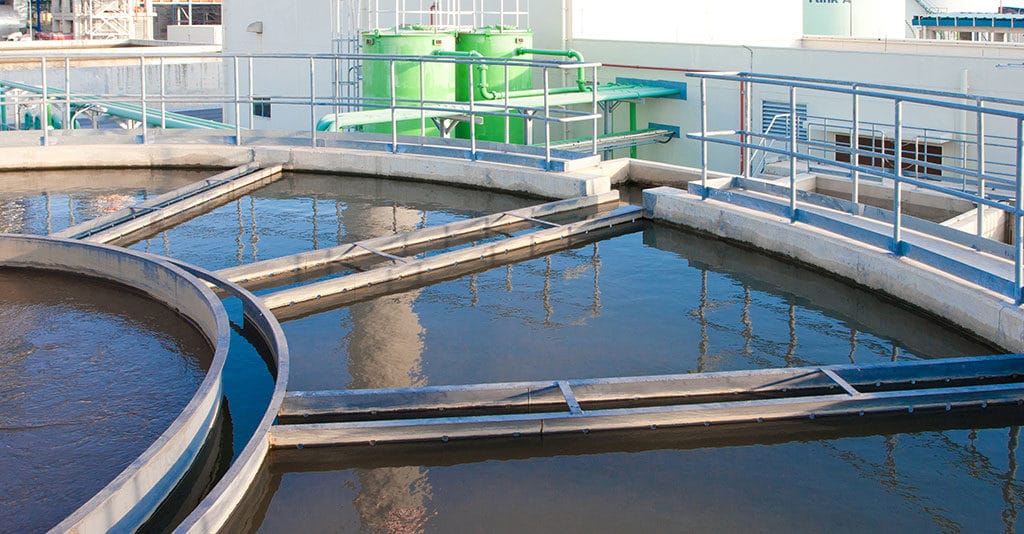Are you familiar with the use of lime in water treatments? It’s used by a large number of municipalities to improve the quality of water by making it softer and free from arsenic.
Apart from playing an important role in softening, lime is effective in PH adjustment, coagulation, preventing pathogen growth, and removing impurities. It’s manufactured from limestone and dolomite, then processed into calcium-based products. Given its alkaline nature, it’s no wonder it fights acidic components.
The following guide explains its use in detail.
What is lime?
This is an umbrella term for a variety of calcium-based products, the most common of which are quicklime, hydrated lime, and limestone. Quicklime is another name for calcium oxide (CaO), made in the process of heating calcium carbonate, known as calcining. During this process, carbon dioxide is released while calcium oxide is left. Read here about the properties of carbon dioxide.
Moreover, quicklime undergoes further processing by getting crushed and being added a small liquid amount to create hydrated lime. The latter refers to calcium hydroxide (CaOH2). In contrast, limestone stands for calcium carbonate (CaCO3), which is the raw ingredient. While the first two calcium-based products are mainly used in the treatment process, limestone isn’t frequently applied.
Why is it important in water treatment?
Lime has various treatment applications because of its high PH levels and alkalinity. Some of the most important applications involve pathogen removal, neutralization of acidic wastewater, prevention of corrosion, softening of hard water, stabilization of biosolids, etc. Regarding softening, hydrated lime is applied to eliminate hardness from the liquid. Hardness is induced by magnesium and calcium salts.
In addition, hard water consists of dissolved mineral compounds like calcium and magnesium, which are removed during the softening process. It might be confusing how calcium is added to the liquid so as to remove the same element from it. Nevertheless, the softening process is performed in a high-PH environment by using chemical reactions to form calcium compounds, which turn into solids but can be filtered out.
The assistance of this material in water softening is also beneficial in the removal of arsenic. Visit this site, https://www.healthline.com/health/arsenic-poisoning, to see the causes and symptoms of arsenic poisoning. This treatment is essential for adhering to strict regulations. Another use of hydrated lime is in water pH adjustment to prepare it for additional treatment.
It has the potential to neutralize acid water, which reduces pipe corrosion. Corrosive water is believed to contain incredibly high levels of carbon dioxide, which is precipitated by lime to form CaO and then create a protective coating. Also, it is used in combination with iron salts or alum for coagulation of solids, which removes water turbidity. Its role is to maintain optimal PH levels for providing proper coagulation conditions.
Moreover, CaOH2 has a tremendous effect on pathogen growth by increasing the PH to a least 10.5 to a maximum of 11. When CaOH2 and water remain in contact between 24 and 72 hours, the former gains control over the required environment for bacteria growth and virus development. The application of lime is necessary for phenolic water, as the presence of phenol makes it unpalatable.
Additionally, CaOH2 plays a crucial role in the removal of impurities, such as silica. It contains a magnesium component, which is essential in silica removal. It not only removes silica but eliminates fluoride, manganese, iron, and organic tannins.
How is it prepared for use?
For the largest part of these applications, lime has to be first converted to a slurry. It refers to the elimination of calcium hydroxide solid particles, which don’t dissolve easily because of the low solubility of CaOH2. There are various applications of lime in water treatments, including wastewater and sludge. Hydrated lime and quicklime are converted into slurry via special equipment systems.
For instance, quicklime reacts with water in a slaker; a device used to perform the process of slaking. It’s an exothermic process, meaning heat is produced when quicklime reacts with the liquid. This heat has to be monitored carefully to capture any dust and steam, which imposes housekeeping concerns. Therefore, special systems are used to control the exothermic process and produce slurry in an automated way.
In the case of hydrated lime, no heat is produced in the course of the slurry process, which simplifies the procedure. When working with such products, there are special recommendations to follow. For proper eye protection, certified safety glasses and face shield are supposed to be worn. If there’s a risk of dust exposure, a dust mask should be used as well. Safety gloves should also be worn but not reused if they get soaked in slurry.
To sum up
These products based on calcium are vital in the fight against pathogens, arsenic, and corrosion!









